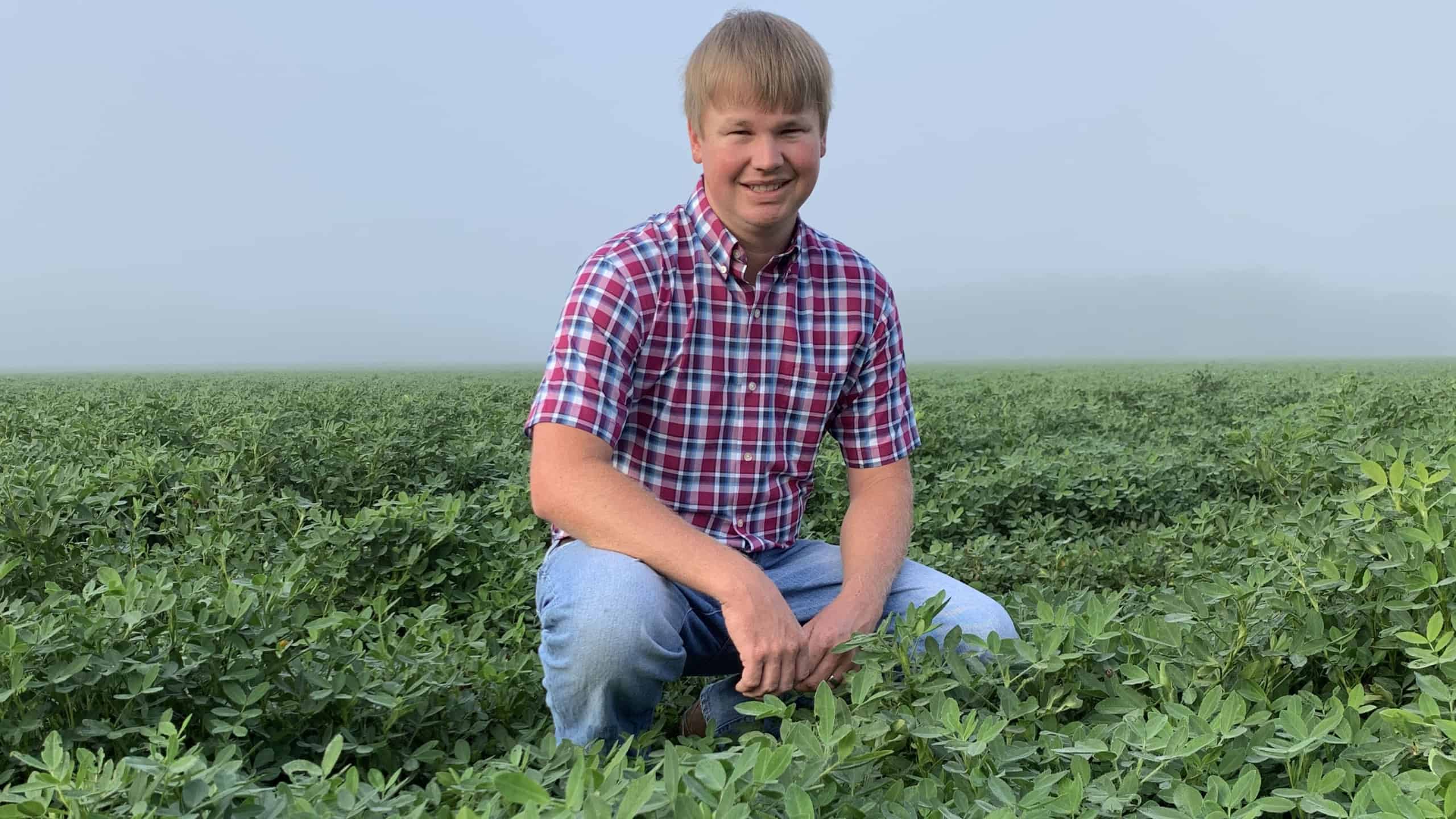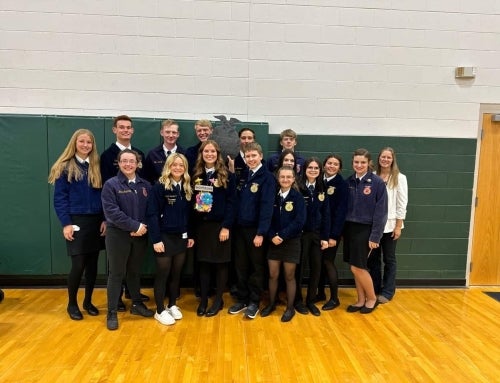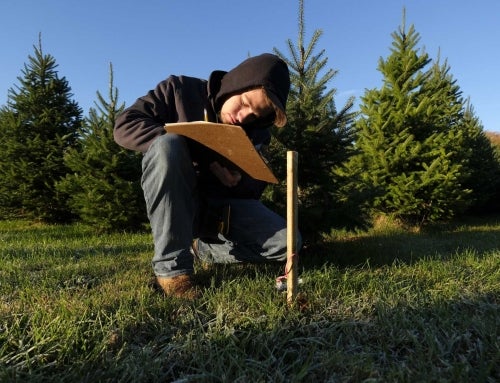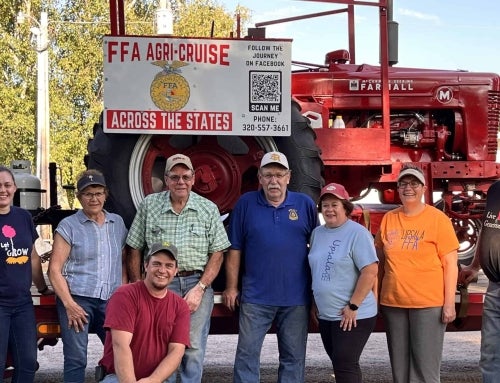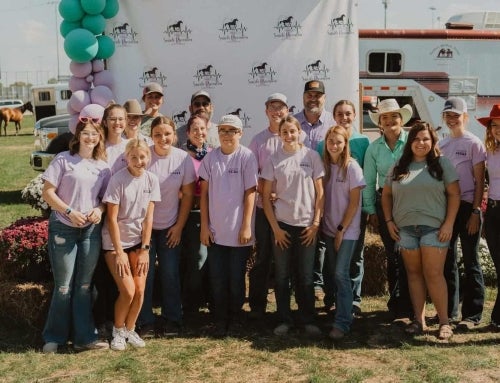There’s really no off-season on a farm. Two farmers check in about their December duties.
Westley Drake, Sandy Ridge Farms, Inc.
- Location: Newsoms, Virginia
- Westley Drake (pictured above) farms 1,400 acres with his parents (Michael and Rebecca Drake) and wife, Maci. Together they grow cotton, soybeans, corn and peanuts and raise livestock.
The Drake family traces their farming roots to the mid-1600s, making Westley the 14th generation to farm here.
As December begins, the farm’s priority is to finish harvest. Inclement weather can often push the harvest season into mid-December. Other tasks include feeding cattle daily, collecting soil samples, cleaning up and storing farm machinery, repairing farm machinery and hauling crops to market.
Finalizing year-end records and prepaying for seeds and other crop inputs are also top priorities because these tasks often have deadlines that must be met during December. That requires a lot of time spent in the farm office analyzing and compiling data. “We also develop our crop acreage plan for the upcoming year, which will continue to evolve throughout the winter months based on commodity outlooks and market prices,” Westley says. “It helps us determine the quantities of various crop inputs, including seed and fertilizer, that we will need to purchase over the winter months.”
The Drakes recently expanded their farm shop, which gives them plenty of room to work on equipment in a well-lit and heated building. “We always keep one or two projects going on in the shop at any given time, so whenever we are not able to work outside or in the fields, you can find us in the farm shop,” Westley says.
Like many other farmers, the Drakes also use the winter months to attend classes and seminars to further their knowledge about seeds, chemicals and farming practices.
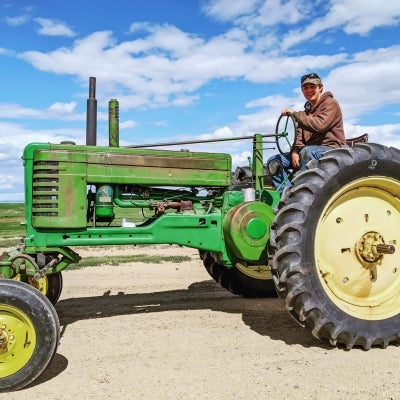 Matthew Slivka, Slivka Ag
Matthew Slivka, Slivka Ag
- Location: Winifred, Mont.
- Matthew Slivka graduated from high school in 2021 and farms with his parents, Shane and Erin Slivka, and grandparents Lester and Pat Slivka. The family farms more than 10,000 acres, raising hard red wheat, malt barley and black Angus cattle.
Winter can be brutal in Montana. Cattle can’t graze year-round, so they must be fed every day, in all kinds of conditions. “That is the most important task for us,” Matthew says. “Cattle also must be checked throughout the night for almost two months during calving season. Temperatures reach 35-below zero, and we also get frequent blizzards during that stretch of the year.” The Slivkas also gather materials and vaccines for the upcoming calving season, as well as vaccinate heifers for brucellosis, which is a state law.
Depending on the year, grain that was stored on the farm during harvest is hauled to the local elevator in the winter. “It’s a 120-mile round-trip drive to the nearest elevator,” Matthew says. “If we are lucky, we can haul three loads of grain into town per day with one truck. Weather conditions often allow only two loads per day.”
“We also use December to review the past year and make plans for the next. Varying weather and soil conditions, as well as volatile market prices, can change our plan of action,” Matthew adds. “This flexibility helps our farm adapt to rapidly changing conditions, but it takes a lot of planning.”
The task that often gets overlooked is the huge amount of paperwork necessary to keep the operation going. It’s truly a team effort and requires a lot of time and effort. But it’s necessary to keep the farm functioning properly and there are deadlines that must be met. Most paperwork must be completed by the end of the year.

